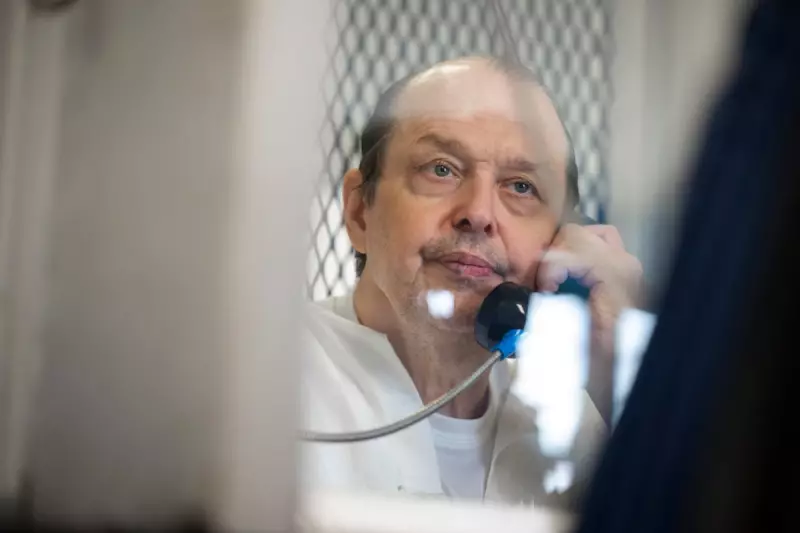
The United States Supreme Court has intervened to halt the execution of Robert Roberson, a Texas inmate whose conviction for killing his two-year-old daughter has been called into question by evolving medical science.
A Last-Minute Reprieve
Just hours before Roberson was scheduled to receive a lethal injection on Wednesday evening, the high court issued a stay of execution. The decision came as prison officials in Huntsville, Texas, were making final preparations for what would have been the state's second execution this year.
The Controversial Conviction
Roberson was sentenced to death in 2003 for the murder of his daughter, Nikki Curtis. The conviction relied heavily on the now-disputed medical diagnosis of Shaken Baby Syndrome (SBS). Prosecutors argued that Roberson had violently shaken the child, causing fatal brain injuries.
However, the case has become a flashpoint in the ongoing medical debate surrounding SBS. Roberson has consistently maintained his innocence, claiming Nikki simply stopped breathing after falling from bed while ill with pneumonia.
Changing Science and Legal Challenges
Medical understanding of the symptoms once attributed exclusively to Shaken Baby Syndrome has evolved significantly since Roberson's trial. His legal team presented evidence showing that many conditions, including accidental falls and natural diseases, can produce similar symptoms.
"The medical consensus around Shaken Baby Syndrome has completely transformed since Mr. Roberson's conviction," explained one legal expert familiar with the case. "What was once considered settled science is now the subject of intense debate within the medical community."
Broader Implications for Death Penalty Cases
The Supreme Court's intervention marks a significant development in the growing number of cases challenging convictions based on SBS evidence. Legal advocates have increasingly argued that such convictions represent a grave miscarriage of justice when based on scientific understanding that has since been discredited or called into question.
The case now returns to lower courts for reconsideration in light of the evolving medical evidence, potentially setting an important precedent for similar cases across the United States.





